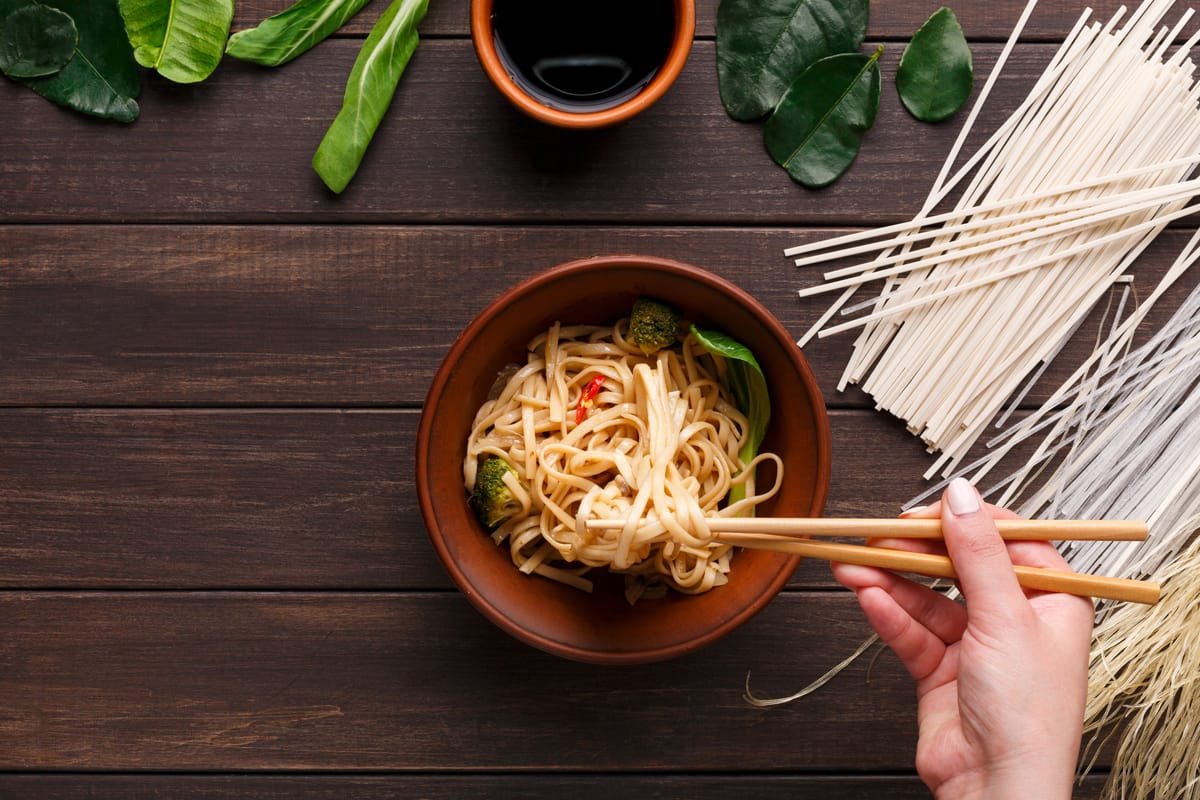How Presence Shapes Your Life
Meditation isn’t limited to sitting in silence. True practice is about being present in daily life while eating, walking, working, or listening. This post explores how mindfulness extends beyond formal sessions and how small choices, like mindful eating, reveal your true commitment to presence.

When people hear the word meditation, most picture someone sitting cross-legged in silence, eyes closed, focusing on the breath. That image is accurate, but also incomplete. Meditation is not just what happens on the cushion or the mat. It’s about how present you are in every aspect of your life.
The question is not just Do you meditate? The deeper question is: How committed are you to being present when it matters most, whether you're eating, walking, working, or spending time with others?
In this post, we explore how meditation extends far beyond formal sessions, why mindfulness in daily life matters, and how you can start practicing presence no matter what you’re doing.
Meditation versus Mindfulness
For most, meditation is a formal, structured practice. You deliberately set aside time to sit, focus, and train your attention. Mindfulness is the quality of being aware and present in the moment.
You don’t need to sit in silence to be mindful. You can be mindful while eating, listening to a friend, brushing your teeth, or walking your dog. Formal meditation trains your capacity for mindfulness, but the goal is to carry that quality into everyday life.
Think of meditation as the gym, and mindfulness as how you use your strength outside the gym.
Why Presence Matters More Than Perfect Sessions
It’s easy to fall into the trap of measuring progress by how many minutes you sit each day. A 20-minute session is valuable, but if the other 23 hours are spent lost in distraction, stress, or autopilot, then the impact is limited.
Presence changes the quality of your daily experience. When you bring awareness to ordinary moments, you notice the richness of life: the taste of food, the tone in a loved one’s voice, the feeling of the wind on your skin. These are small details that you miss when your attention is constantly pulled into stimulation from screens, noise, or multitasking.
The real question becomes Are you living mindfully, or are you living on autopilot?
Mindful Eating: A Simple Test of Commitment
One of the easiest ways to understand your relationship with presence is to look at how you eat.
Do you eat with intention, noticing flavors, textures, and the process of nourishing your body? Or do you usually eat while watching television, scrolling through your phone, or catching up on YouTube?
Most of us do the latter. Meals become background activities, consumed while our attention is elsewhere. Yet eating is one of the most direct ways to connect with life. Food sustains us. It engages our senses. And when approached mindfully, it becomes a natural meditation practice.
How to Practice Mindful Eating
- Pause before you begin. Take a breath. Notice the appearance and aroma of your meal.
- Eat without distraction. Put away your phone, turn off the television, and give the meal your full attention.
- Chew slowly. Notice flavors and textures. Observe the process of chewing and swallowing.
- Listen to your body. Pay attention to hunger and fullness signals. Mindful eating often reduces overeating.
- Express gratitude. Even silently, acknowledge the effort and resources that brought the food to your table.
Try this for just one meal per day and see how different it feels.
Everyday Opportunities for Meditation without Meditating
You don’t need special conditions to practice mindfulness. Everyday activities become opportunities if you approach them with attention.
- Walking: Instead of listening to a podcast or rushing to your destination, notice each step, the ground beneath your feet, and the rhythm of your breath.
- Conversations: Listen fully without planning your response. Presence deepens relationships.
- Work tasks: Do one thing at a time. Multitasking fragments attention and reduces quality.
- Household chores: Washing dishes or folding laundry can become grounding practices when done with awareness.
- Breathing breaks: Pause during the day to take three mindful breaths. Simple, effective, and refreshing.
Each of these is a form of meditation. You’re training your attention, strengthening awareness, and choosing presence over distraction.
The Cost of Living Distracted
Modern life is designed for distraction. Notifications, endless scrolling, constant streaming. Attention has become a commodity.
When you live distracted, you miss out on the present moment. Meals blur together. Conversations lack depth. Days pass in a haze of busyness without meaning. Over time, this erodes both well-being and happiness.
Scientific studies link mindfulness to reduced stress, improved focus, better emotional regulation, and greater life satisfaction. The benefits are not limited to those who meditate formally. Mindfulness woven into daily life has the same impact.
Building a Life of Presence: Practical Tips
- Set an intention each morning. Even one sentence like “Today I will eat lunch without my phone” makes presence more likely.
- Use reminders. A bell, an alarm, or an app notification can prompt you to return to awareness. I use Moment to schedule mindful notifications throughout the day, bringing me back to the present.
- Start small. Choose one activity per day, like brushing your teeth, to practice being fully present. Build from there.
- Accept wandering attention. You will get distracted. That’s not failure. Each return to presence is the practice.
- Reflect daily. Ask yourself Where was I most present today? Where was I most distracted?
Commitment to presence is not about perfection. It’s about choosing awareness again and again.
How Committed Are You?
Meditation is not about escaping life. It’s about engaging fully with it. So ask yourself:
- Do I eat mindfully, or do I eat while consuming media?
- Do I listen truly to the people I love, or do I divide my attention?
- Do I move through life on autopilot, or do I notice the details of each moment?
Your answers reveal the depth of your practice, not just how long you sit in meditation, but how present you are in living.
Meditation begins on the cushion, but it doesn’t end there. The purpose of practice is to bring mindfulness into every corner of life. Eating, walking, working, listening, each is a chance to return to the present.
The next time you sit down to a meal, resist the urge to reach for a screen. Take a bite, taste fully, and notice what happens. That is meditation, too.



